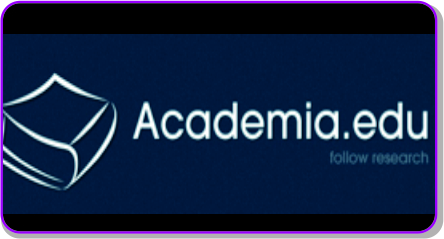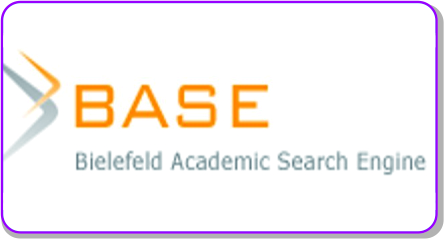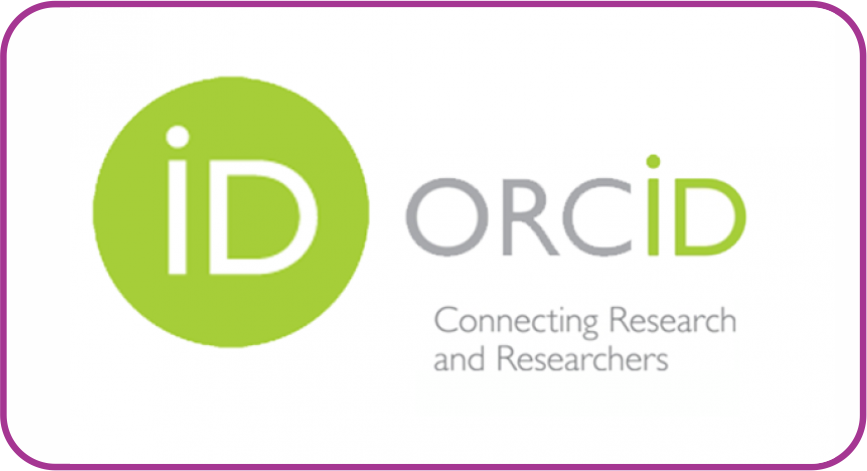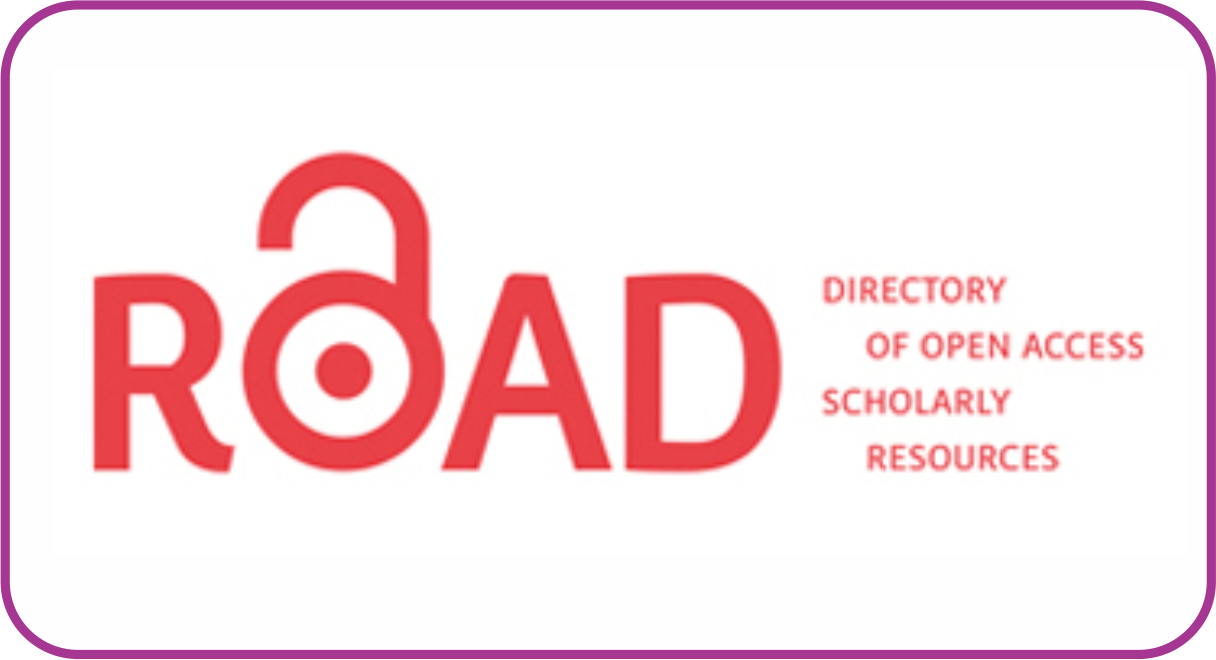Peningkatan Motivasi Belajar Menggunakan Contextual Teaching and Learning di Madrasah Ibtidaiyah Swasta Raudhatul Mujawwidin Tebo
DOI:
https://doi.org/10.30983/educative.v5i1.1630Keywords:
Contextual Teaching and Learning, Learning Motivation, MoralsAbstract
This research was motivated by a low learning motivation of the second-grade students of MIS Raudhatul Mujawwidin on Akidah Akhlak subject. The purpose of this study was to analyze the increase of students’ learning motivation in the Akidah Akhlak subject by using Contextual Teaching Learning (CTL) approach. The research approach was qualitative with the two-cycle action research method of Kemmis and Taggart. The results showed that: first, the level of students’ learning motivation in the Akidah Akhlak subject increased from 36.84 per cent to 64.69 per cent with the use of the CTL approach in the first cycle. This means that the use of CTL is a sufficient solution to overcome the low motivation of student learning, so that it remains used as an action variable for Cycle II. Second, the level of motivation of students in the Akidah Akhlak subject, using the CTL approach, increased to 82.89 per cent in the second cycle. Out of the six indicators of the student's learning motivation, only one indicator is in the category of "moderately motivated," that is, the indicator of learning appreciation. This shows that the use of the CTL approach can increase the motivation of students in learning Akidah Akhlak in the second class of MIS Raudhatul Mujawwidin, particularly on the material of "beriman kepada Allah." Evidence shows that almost all indicators of student motivation for learning are in the category of "highly motivated."
Penelitian ini dilatarbelakangi oleh rendahnya motivasi belajar siswa di kelas II MIS Raudhatul Mujawwidin pada mata pelajaran akidah akhlak. Tujuan penelitian ini adalah untuk menganalisis peningkatan motivasi belajar siswa pada mata pelajaran akidah akhlak dengan pendekatan CTL. Pendekatan penelitian yaitu kualitatif dengan metode action research melalui model Kemmis and Taggart dengan dua siklus. Hasil penelitian menunjukkan bahwa: Pertama, tingkat motivasi belajar siswa pada mata pelajaran akidah akhlak dengan pendekatan CTL di siklus I meningkat menjadi 64,69% dari sebelumnya hanya 36,84%. Hal ini berarti bahwa penggunaan pendekatan CTL cukup menjadi solusi dalam mengatasi rendahnya motivasi belajar siswa, sehingga tetap dijadikan sebagai variabel tindakan untuk siklus II. Kedua, tingkat motivasi belajar siswa pada mata pelajaran akidah akhlak dengan pendekatan CTL di siklus II meningkat menjadi 82,89%. Dari keenam indikator motivasi belajar siswa, hanya satu indikator yang berada dikategori “cukup termotivasiâ€, yaitu indikator penghargaan dalam belajar. Hal ini menunjukkan bahwa penerapan pendekatan CTL dapat meningkatkan motivasi belajar siswa di kelas II MI Raudhatul Mujawwidin pada mata pelajaran akidah akhlak materi beriman kepada Allah yang dibuktikan dari hampir semua indikator motivasi belajar siswa berada pada kategori “sangat termotivasiâ€.
References
A.M, Sardiman, Interaksi Dan Motivasi Belajar Mengajar (Jakarta: Rajawali Press, 2014)
A, Dermawan, ‘Keefektifan Collaborative Learning Berbasis Quiz Edutainment Terhadap Ketuntasan Hasil Belajar’, Chemistry in Education, 3.1 (2001), 57–63
Aqib, Zaenal, Model-Model, Media, Dan Strategi Pembelajaran Kontektual Inovatif (Bandung: Bandung Ymr Widya, 2013)
Agung, Iskandar, Panduan Penelitian Tindakan Kelas Bagi Guru (Jakarta: PT Bestari Buana Murni, 2012)
B. Uno, Hamzah, Teori Motivasi Dan Pengukurannya (Jakarta: Bumi Aksara, 2016)
Idris, Meity H, Strategi Pembelajaran Yang Menyenangkan (Jakarta: PT Luxima Metro Media, 2015)
IG. AK, Wardani, Persepektif Pendidikan SD (Jakarta: Universitas Terbuka, 2009)
Novita, Mona, PTK Tidak Horor (Surabaya: Pustaka Media Guru, 2018)
Tanujaya, Mumu, Penelitian Tindakan Kelas (Yogyakarta: Media Akademi, 2016)
Afdin Otaviansa, Willi, ‘Pengaruh Model Pembelajaran Ctl (Contextual Teaching And Learning) Terhadap Motivasi Dan Hasil Belajar Siswa Smkn 1 Sidoarjo’, JPTM, 2.1 (2013), 35
Agustina, Aryanti, ‘Menerapkan Penggunaan Bahan Ajar Bagi Guru Di Sma Negeri 3 Ogan Komering Ulu’, Journal Educative : Journal of Educational Studies, 3.1 (2018), 16 <https://doi.org/10.30983/educative.v3i1.563>
Dewi, Srima, ‘Peningkatan Motivasi Belajar Pai Siswa Melalui Metode Contextual Teaching And Learning Di Smp Bhakti Mulia Jakarta Timur’ (Universitas Islam Negeri Syarif Hidayatullah Jakarta, 2014)
Fahru Roziyah, Ida, ‘Peningkatan Motivasi Dan Hasil Belajar Melalui Contextual Teaching Learningberbantuan Study Card’, Jurnal Inovasi Pendidikan Kimia, 11.1 (2017), 1828–39
Merdeka Wati, Nila, ‘Pengaruh Penerapan Model Contextual Teaching And Learning Terhadap Motivasi Belajar Ipa Siswa Kelas V Sd Negeri 1 Kebondalem Lor’, Jurnal Pendidikanguru Sekolah Dasar, 11.4 (2015), 3
Muliarni, ‘Peningkatan Motivasi Belajar Melalui Pendekatan Contextual Teaching and Learning (CTL) Pada Pembelajaran Bahasa Indonesia’, Jurnal Penelitian Guru Indonesia-JPGI, 1.1 (2016), 26–31
Putra, Ahmad, ‘Pendidikan Agama Islam Dalam Mencegah Kenakalan Siswa (Studi Kasus Di MA Muhammadiyah Lakitan Sumatera Barat)’, EDUCATIVE: Journal of Educational Studies, 4.1 (2019), 82
Susiloningsih, Wahyu, ‘Model Pembelajaran CTL (Contextual Teaching and Learning) Dalam Meningkatkan Hasil Belajar Mahasiswa PGSD Pada Mata Kuliah Konsep IPS Dasar’, Jurnal Pedagogia, 5.1 (2016), 59
Yamin, Matrinis, Strategi Dan Metode Dalam Model Pembelajaran (Ciputat: Gaung Persada Press Group, 2013)
Yunarti, Yelmi, ‘Meningkatkan Hasil Belajar Siswa Menggunakan Model Make a Match Pada Mata Pelajaran IPS Kelas IV Di SDN 11 OKU’, EDUCATIVE: Journal of Educational Studies, 3.1 (2018), 88
Downloads
Additional Files
Submitted
Accepted
Published
Issue
Section
License
Authors who publish with this journal agree to the following terms:
1. Authors retain copyright and grant the journal right of first publication with the work simultaneously licensed under a Creative Commons Attribution License that allows others to share the work with an acknowledgment of the work's authorship and initial publication in this journal.
2. Authors are able to enter into separate, additional contractual arrangements for the non-exclusive distribution of the journal's published version of the work (e.g., post it to an institutional repository or publish it in a book), with an acknowledgment of its initial publication in this journal.
3. Authors are permitted and encouraged to post their work online (e.g., in institutional repositories or on their website) prior to and during the submission process, as it can lead to productive exchanges, as well as earlier and greater citation of published work (See The Effect of Open Access).





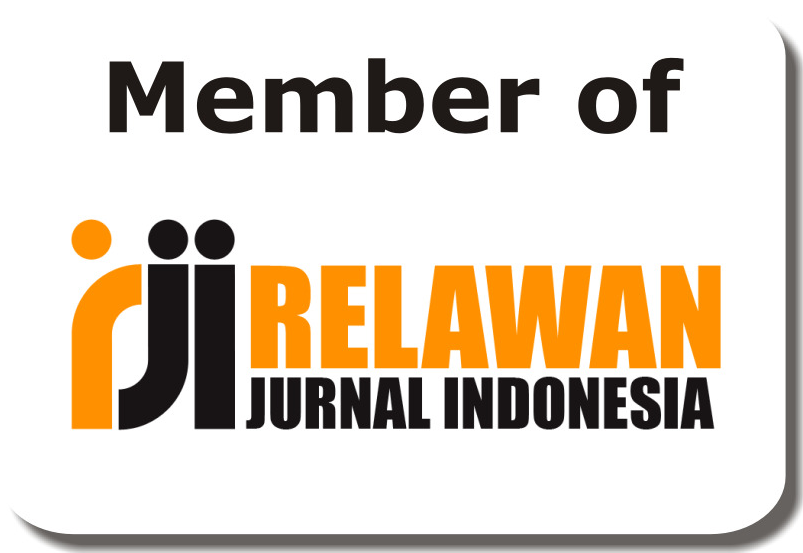
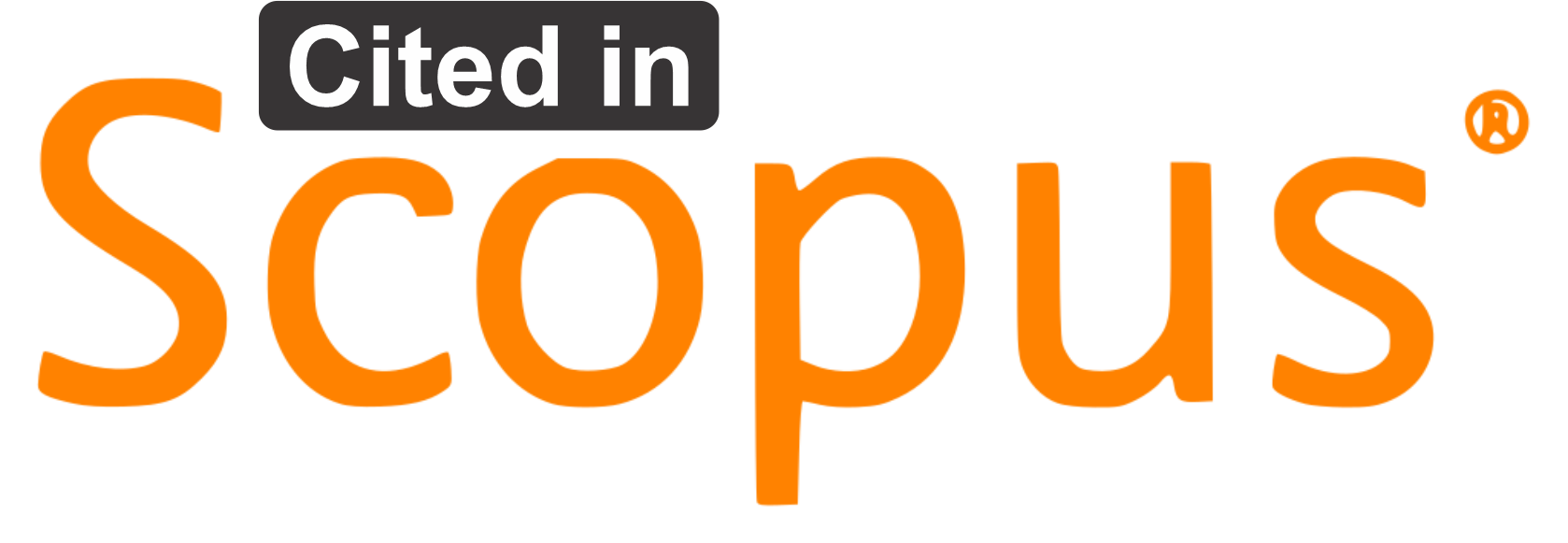


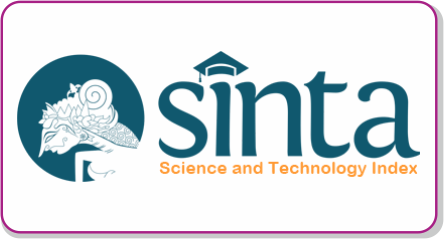
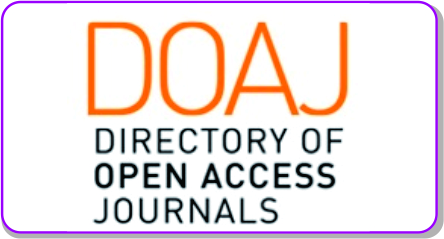


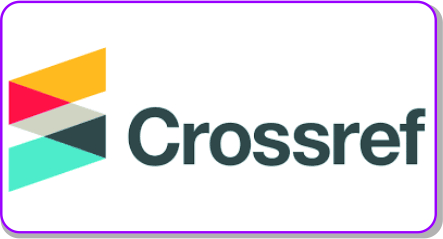


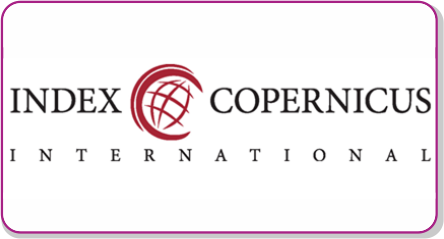

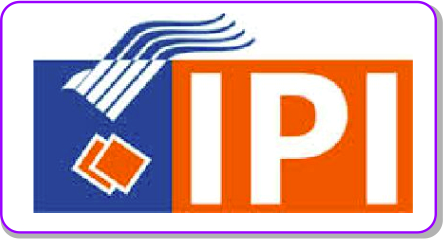 Â
 